The Ultimate Guide To Types Of Indoor Molds And Their Potential Health Risks.
Molds are fungus which belong to kingdom Fungi and are both essential and dangerous! They are essential for reproducing enzymes which are used in decomposing dead trees, plants, leaves, industrially in production of other products and manufacturing antibiotics such as penicillin and other drugs.
They are as well dangerous to the fact that, they leases mycotoxins which harm both human beings and other living organisms. They can cause allergy reactions , ashtma, chronic sinuses, pulmonary hemorrhage and many other infections.
They also produce volatile organic compounds (VOCs) which cause odors and extract enzymes which impair structural integrity on the surface they grow on, like; papers , carpets and textiles.
Molds exist both indoors and outdoors. And, with increased possibility that there are numerous molds that can exist indoors, scientists have concluded that there are only 14 common types of molds fungus to be found indoors.
They include:
1. Acremonium
2. Aspergillus
3. Alternaria
4. Aureobasidium
5. Chaetomium
6. Cladosporium
7. Eurotium
8. Fasarium
9. Mucor
10. Penicillium
11. Stachybotrys
12. Ulocladium
13. Trichoderma
14. Wallemia
These fungus differ with the number of species they have, their colors, and their associated health risks.
Some of the genus species have more than one color, change colors depending on the growth stages and the growing conditions.
Although, it excruciatingly difficult to distinguish some of these microbes and pathogens from each other by color since most of them share similar colors. But they are worth knowing since they can also serve as early signs when fungus creep your home.
How? When you start to see some colorful patches or colonies in the basement, bathroom corners, tiles grout and much more! They could be black, White, yellow, pink , grey green,green and other varieties.
Indoor Fungus as stated above, are categorized in colors and three hazard classes based on their health dangers. The three classes include:
1. Toxic Molds
2. Allergenic Molds
3. Pathogenic Molds
Without hesitate let look at the three hazard classes then the 14 microbes in belief...
1. Toxic Molds
Fungus classified in these class are those that produce mycotoxins chemicals which are very harmful or dangerous to humans and animals health. They release these toxins as a means of survival or when they feel threatened.
2. Allergenic Molds
These molds affect people who have certain allergies or asthma. They possibly can cause allergies to individuals without allergies if exposed for a long period of time. You can detect presence of these molds in your house by worsening of existing asthma and pre-existing allergies. Though the cause should be investigated on first, because the case might be different and not exposure to microbes.
3. Pathogenic Molds
These pathogens most commonly attack people with a suppressed immune system. Infant and the elderly are at the greatest risk of these molds.
With that said, what might be the real cause of these molds to grow indoors? Molds oftenly grow and thrive in a damp, moist, warm, or humid areas. They require certain conditions and or requirements to reproduce and flourish. Condition and requirements like:
• high moisture
• 50 - 100 Percent humid conditions
• dust
• organic matter. Some strains of certain molds love to grow on items made of plant cellulose and much more for food!
This is made possible by the ability to produce large number of enymes and dust accumulated over time which contribute to feeding these types of molds.
• water damages
• condensed water and much more!
Did you know that, even if these molds lacks the necessary requirements to grow they still doesn't die rather remain dominant?
Yes, I think you should know! They remain temporary dominant until they are exposed to moisture or other related necessity. And, that why the best weapon to fight against these pathogens, mildew and, or microbes is by completely eliminating them, treating them in way consistent with their associated health risks and maintaining the best practices necessary to avoid them from creeping back in your house.
let dive to different types of molds........
Acremonium
It's a powdery substance which is either white, pink, orange, or grey in color.
Acremonium molds can be found on; cooling pans, drain pans, humidifiers water, window sills, air conditioners made of acoustic and thermal fibreglass, HV (heating ventilation) sytems, carpets, mattress dust, damp walls, gypsum board and wallpaper.
Acremonuim Health Risks
Aspergillus
Aspergillus is a fungal genus containing approximately 200+ species. It belongs to both toxic mold class and allergenic mold class. They can cause allergic reactions like; asthma, lung infections and respiratory inflammation.
They produce toxic compounds which are dangerous to human and animal species. The aflatoxins. Which are class 1 carcinogen.
Aspergillus has long flask-shaped spores that can form thick layers or walls of the mold and long chains of mold growth on surfaces.With the pretty species of aspergillus fungus it can appear in different colors.
You can find aspergillus on walls, wallpaper, PVC/paper wall covering, gypsum board, floor, carpet, mattress dust, upholstered furniture dust, leather, fabrics, humidifiers water, shoes, fans and woody surfaces and heating ventilations and air conditioning systems.
Aspergillus Health Risks
• It can lead to symptoms such as; asthma attacks, lung infections and respiratory inflammation.
Alternaria
Alternaria belongs to allergenic mold class and is the most common type of allergenic mold in the world. It's a velvet-textured mold with dark green or brown hairs and contains over 50 species.
These microbes produce several toxin compounds like: alternariol which is used as antifungal, tenuazonic acid, altertoxins and alternariol monomethylether.
Alternaria can be found in carpets, window frames, showers, bathubs, below sinks, and fabrics.
Alternaria Health Risks
• Asthma symptoms
• Upper respiratory illness. That's; nose and throat symptoms.
Aureobasidium
Aureobasidium is a fungal genus containing over 15 recognized species. It belongs to allergenic mold class and it can usually grow in a pink, black or brown color. As it ages it typically turns a darker brown color.
It commonly found on wet wood, carpets, mattress dust, wet walls, humidifier water and deteriorating painted surfaces.
Aureobasidium Health Risks
• Dermatitis or skin rashes if touched bare hands
• Eyes infection
• Nails infection
Chaetomium
They belong to toxic class mold and are believed to have about 80 species.
Chaetomium has a strong cotton-like structure and usually changes colors from white to grey to brown and eventually to black over time.
It produces both mycotoxins and volatile organic compounds by product which are responsible of strong odor or old musty smell. Some species of chaetomium releases toxins like chaetoglobosins A and C, others produce sterigmatocystin all which are harmful to living organisms.
You can find chaetomium on water damaged buildings, substrates containing cellulose, paper, carpets and wallpapers. You can find these species on drywall and baseboards.
Chaetomium Health Risks
• skin and nails infections
Cladosporium
Cladosporium is categorized under allergenic mold class and is known to have over 40 species.
It's another type of mold which is most common worldwide. Its microscopic spores are resilient meaning these fungus can grow both on cold or hot conditions. Cladosporium has suede-like texture and is olive-green and brown colored mold.
It can be often found growing on wood, moist window sills, tile grout, bathrooms, carpets, fabrics, plywood and textiles.
Cladosporium Health Risks
• Causes upper respiratory reactions; nose and throat.
• Eyes allergies
• Skin rushes
• asthma allergies
• lesions
• lung infections
• sinusitis
Eurotium
Eurotium is categorized under pathogenic mold class. This fungus is reproduced as a result of sexual state of several aspergillus species.
This bisexual fungus has a high rapid growth when exposed to right conditions. pathogenic Eurotium has a downy to powdery colonies. Colonies are yellow or dull green to bluish green.
You can find Eurotium on HVAC insulations, floor, mattress dust, carpets, shoes, gypsum board, and drywalls.
Fusarium
Fusarium mold has over 70 species and by nature they will quickly spread from room to room.
These fungus is both toxic and and allergenic. It therefore categorized under toxic mold class and allergenic mold class.
Colonies are white, purple, tan, salmon, cinnamon, yellow, red violent or pink. And, has a colony texture which ranges from flat to wooly or cottony.
They are commonly isolated from mattress dust, wallpaper, humidifier pans, HVAC units, carpets and polyester polyurethane foam and more!
Fusarium Health Risks
• under prolonged exposure fusarium is believed to cause Bone infecions and brain abscess
• Upper respiratory symptoms
• itchy eyes
• sneezing
• dermatitis
• pulmonary hemorrhage (bleeding in lungs)
Mucor
It's classified under allergenic mold class. Therefore its causes allergenic reactions to any human species exposed to it.
There are about 50 species of mucor worldwide and it microscopic spores requires high levels of humidity for these fungus to flourish.
It grows in thick patches and and it's beige or brown in color or you can also often find it white or greyish in color.
This fungus commonly grows in heating ventilations and air conditioning systems, old damp carpets, and on ducts.
Mucor Health Risks
• breathing difficulties
• lead to asthma or worsen existing conditions
• Mucormycosis infections which can damage; brain, lungs and sinuses
• fever
Penicillium
This another commonly found worldwide microbes. Which is well famous for it distinctive great heavy odors. It has over 200 species and high growth rate.
It is belongs to toxic mold class with its numerous species producing both deleterious mycotoxins and microbial volatile organic compounds which are responsible for it old musty smell.
Penicillium colonies are velvety to powdery in texture. They can differ in colors as the colonies differentiate or depending on species or growing conditions. They can be; blue-green, green, grey green, white, yellow or pinkish.
Penicillium mold can be found growing on fabrics, carpets, acoustic or thermal fiberglass insulation, mattress dust, damp areas like on water damaged building materials, it grows also on; dried foods, cheeses, fruits, spices,cereals, herbs and behind paints.
Penicillium Health Risks
• can cause Chronic sinusitis if exposed for long time
• pulmonary inflammation
• asthma
Stachybotrys
This is most feared mold worldwide, also known as the black mold. It has been reported to cause severe illnesses and death to individuals who get exposed for long time by US. Centers for disease control and preventation.
It belong to toxic mold class and is responsible of releasing toxins as a means of survival. Mycotoxins like; Tricothecenes roridan E, satratoxins F, G, and H. And, verrucarin J.
Stachybotrys have over 15 species, requires high moisture content to shine and have typically low growth rate and a damp powdery texture.
They are mostly black in color but may also appear as dark green, orange or pink.
It microbial spores are oftenly found on materials made of cellulose and on damp walls or surfaces. Bathroom can be an ideal place.
Stachybotrys Health Risks
• breathing difficulties
• sinus infections
• fever
• persistent cough
• neurological problems in children
• Pulmonary bleeding in infants
• fatique
• depression
• painful headaches
• chest tightening
Ulocladium
It has a suede-like to wooly to cottony texture. it's is black , brown to olive-black to greyish in color. Spores has high rapid growth rate of spreading to this wooly texture microbial fungus when exposed to surfaces with high levels of moisture.
Ulocladium has over 9 species and relatively found on homes and buildings with high moisture mostly experienced from water damages like; internal pipe leakings, outlets or inlets walls pipe damages. Also found in kitchens like; under sinks, bathroom, window sills, paper, textiles and tapestries.
Trichoderma
You ever heard of molds destroying or imparing surfaces? This is now the type of mold which is famous or well known worldwide for destroying wood surfaces, paper products and textiles.
Fungus trichoderma leases enzymes which are responsible for the demolishment. Hence, leads to rot and causes the structure to crumble.
It's classified under allergenic mold class. But some trichoderma molds produce mycotoxins.
Trichoderma has 5 different subspecies.
The subspecies are wool-textured, white in color featuring green patches.
Trichoderma are commonly found in water satulated wood, air conditioning filters, wallpapers, carpets, mattress dust, gypsum board and on paint.
Trichoderma molds are linked to pulmonary and hepatic infections.
Wallemia
Wallemia has only 3 recognized species listed in allergenic mold class category.
Unlike other forms of molds, wallemia grows more slowly and can grow under dry conditions.
Visually, it's thickish brownish blob. You can find wallemia on wooden surfaces, floors, furniture mattress dust HVAC insulation and ductwork.
Let recap......
• Never inhale or handle mold spores without mold remediation equipment and safety gear. Mold like; mucor, Aspergillus, stachybotrys, cladosporium and fusarium.
• If mold has creeped on a large surface of your office or home, it essential to call mold remediation team who are more knowledgeable, experienced and have the right tools to deal with such dangerous fungus
• These types of molds can grow not only in your house but also in your business, office and it of safety importance to get rid of them immediately they are noticed, and best prevention and maintenance practices maintained.
• In 2011, repona and colleagues conducted a study of 176 children, followed from birth through age seven. The children were evaluated of asthma at age one and age seven respectively. They then concluded that children who lived in homes with higher levels of mold at age one were more likely than other children to have asthma by the age of seven.
According to this research, you should ensure your building is free of excess moisture, no leaking or damaged water as well other factors that contribute to the growth of molds in your home are minified. Ensure you are living a mold free environment to have a happy and healthy family.
• It's of paramount importance for patients experiencing respiratory symptoms and infections to be evaluated for possibility of pre-existimg illness or the recent onset of an illness that happens to coincide with mold exposure, before they can be assessed of mold induced illness. Khalili and colleagues defines these process as evaluation method.
If You love this blog post, i think there is your friend or friends out there who as well will benefit too. So, remember to hit the share button to spread the word and comment below.
You might also consider to be notified of future posts or updates! Then, consider Subscribing to this blog newsletter.
Thanks for reading!

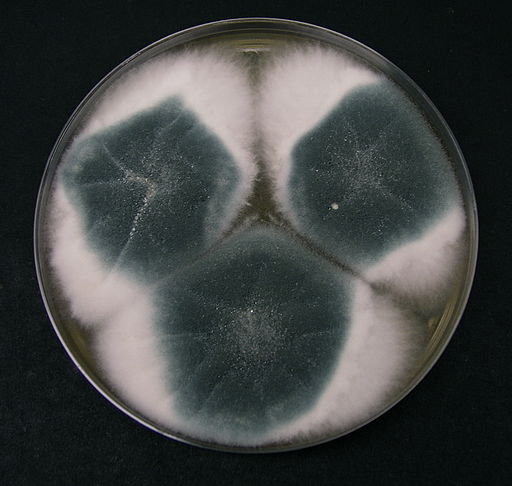

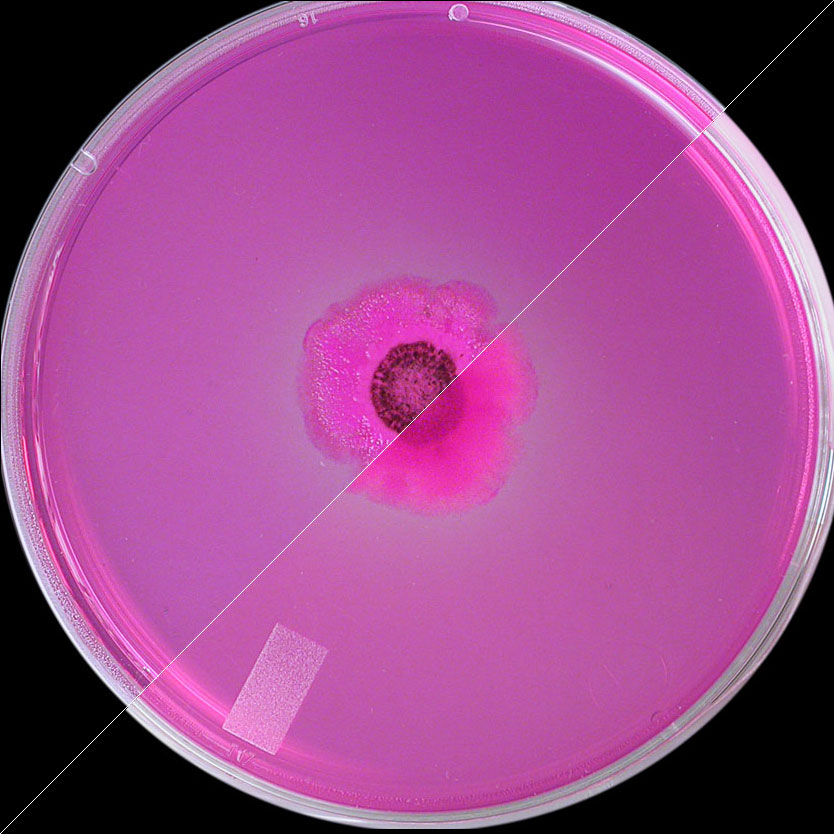
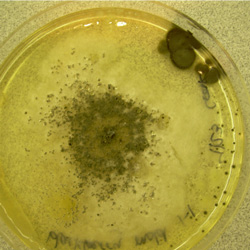


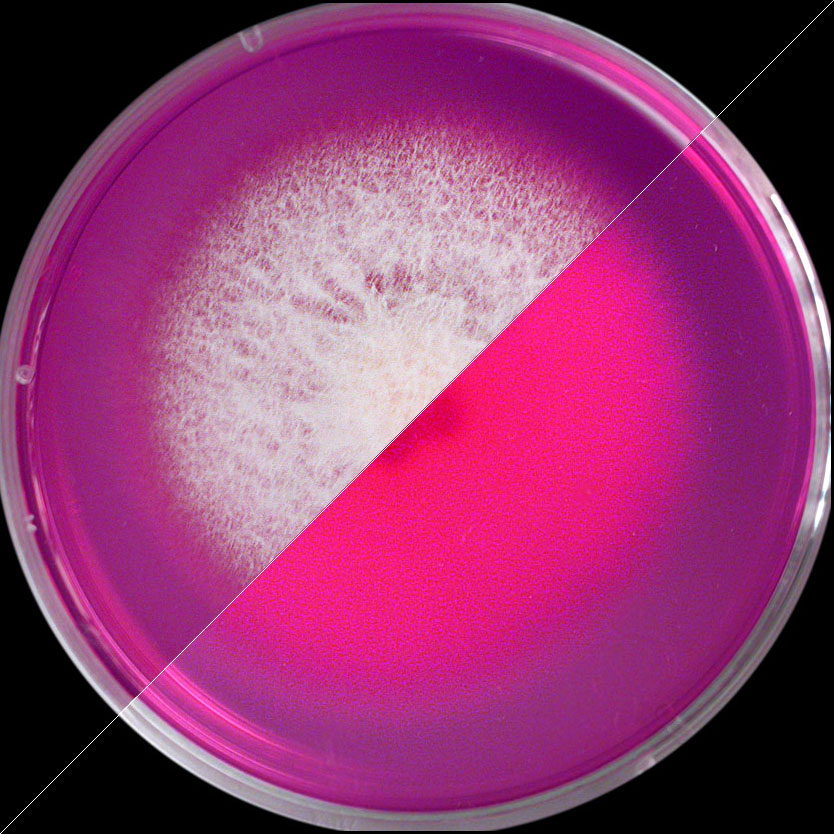


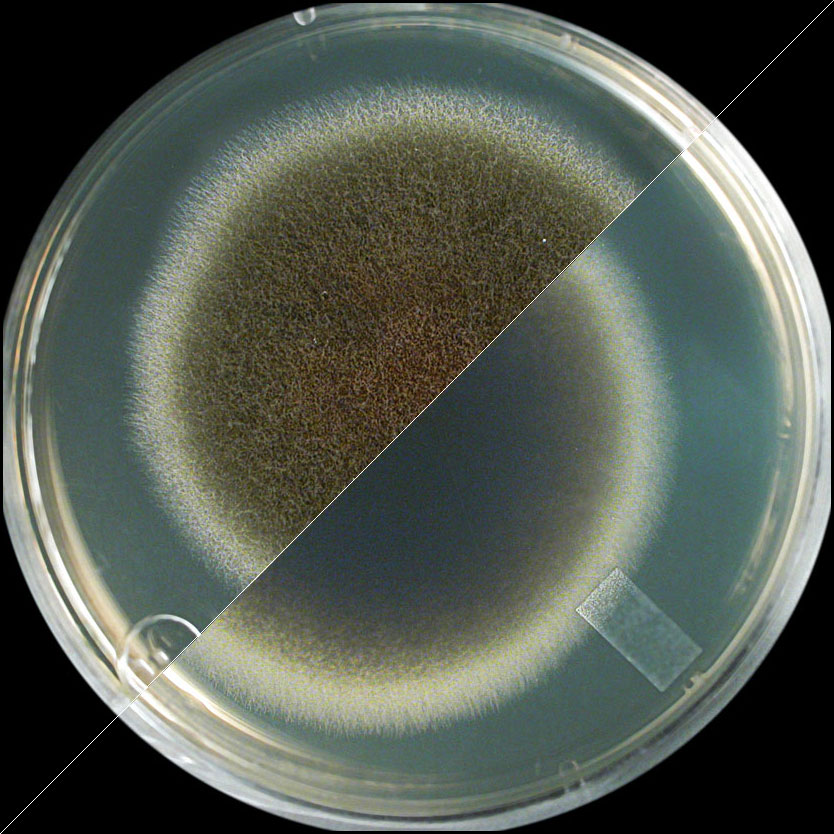
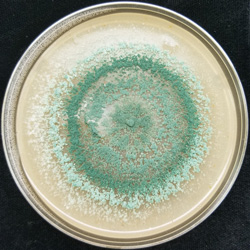



Comments
Post a Comment